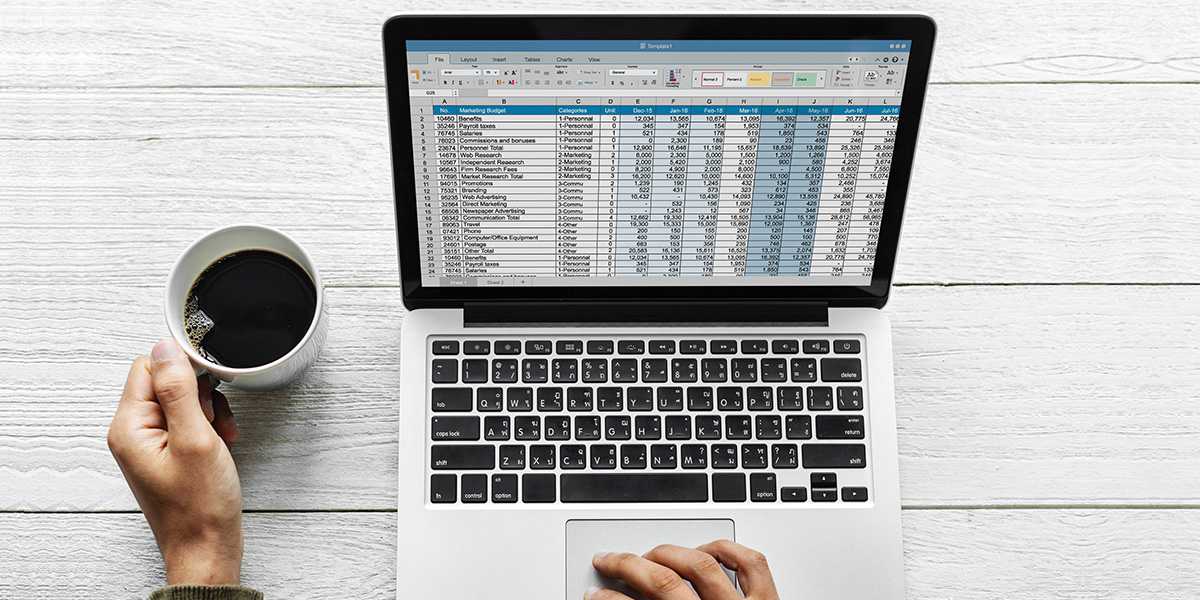
Andreas
Data Scientist
January 22, 2019
Revenue Management
Revenue Management with Excel & Co.? A NO-GO!
Monitoring and forecasting are essential tasks in revenue management. There are heaps of data and if you use it incorrect, you create more effort and confusion then you benefit of it.

Using an easy example, we want to show you how extensive and diverse collected data and calculation of revenue management can be - already in a small hotel. You will understand why we don’t expect excel & co. to get this job done.
A simple Revenue Management example
To illustrate the aspects we will have a look at George:
George is the owner of a hotel with 30 rooms. His average occupancy is 60% and the average length of stay is three days. These are 2.200 bookings per year. All bookings are managed in his property management software (PMS).
George doesn’t want to invest any money in a proper revenue management software (RMS). So he decides to calculate his own revenue management with a simple spreadsheet.
To start with revenue management, George needs to export all relevant data from his PMS.
He needs data of the last three years with the following values of each booking:
-
arrival and departure date
-
room type
-
accommodation revenue
-
segments
Now George gets exported information with about 40.000 values!
Read here more about the most important indicators of revenue management.
To create a forecast for his future occupancy, George decides to calculate historical booking curves. With historical data it’s possible to generate also booking curves for the future. With an export of the last three years and a curve with 300 days prior arrival, there are 330.000 values for about 1.100 curves.
While George’s spreadsheet is still able to handle this huge amount of data, he starts to struggle with drawing 1.100 booking curves.
Nevertheless, if he managed to solve this task successfully, he can now see his final occupancy of the last three years on his screen now. To be able to use the data for the future, George needs to find similar curves and identify all stages of pickup above-average. Now he can use the detected phases for his price strategy and optimize his revenue. Here you'll find 5 facts you should know about booking curves.
Although George has already invested much time in his revenue management calculation, there’s a lot of stuff missing in the model above:
For example, when all of his competitors are raising their prices, he also could lift them to increase his revenue. On the other side, when there’s an unnoticed price decrease on the market, there’s the risk to lose some pickup and have empty rooms.
If he decides to include the mentioned circumstances as well, there will be 5 competitors with approximately 4 room types and 7.300 rates, on top. Have fun George!
Here are more tips, George should take care to get an effective pricing strategy.
The more data you have, the more complex gets the concept
The more factors you consider in your model, the more complicated gets your calculation. But that’s the point about intelligent revenue management: A hotel is not a single, static object on the market, there are a lot of dynamic, influencing parameters like demand, competitor prices, events, weather, etc. You can’t control the factors from outside, but they definitely affect your own reactions and with the correct ones you can gain advantages against your competitors.
All in all, if you consider developing your price strategy on base of the huge amount of data with a spreadsheet it’s definitely a lot of work. Probably it will be really confusing and mostly you will be just too slow to calculate and transfer your reaction to the dynamic market.
There are already a lot of hotels, which are using the smart revenue management system RateBoard. Have a look!
Don’t struggle with creating needless spreadsheets! Safe your time with using RateBoard’s price recommendations!
SHARE

Subscribe To Our Newsletter
Sign up now and receive monthly hotel and revenue management insights.
